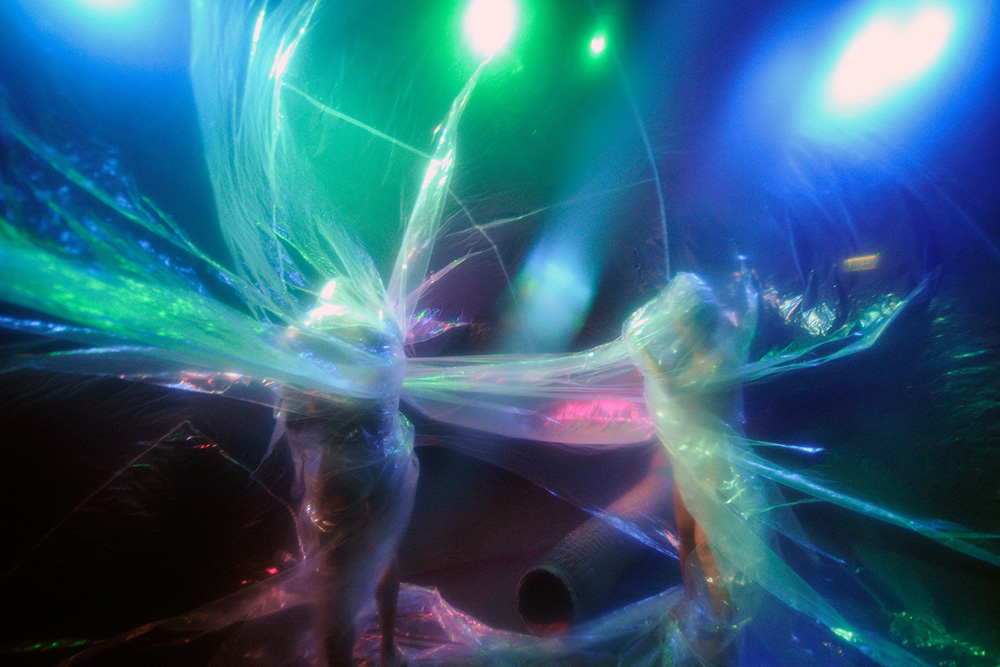
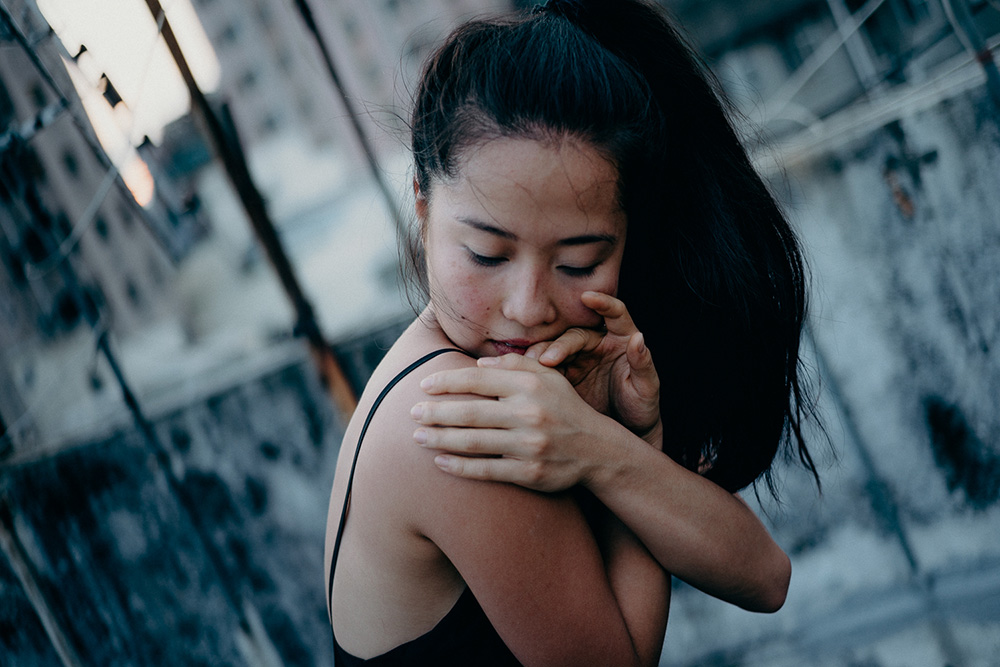
Photos of Hermetic Diode V2 performance by : Jesse Clockwork @jesseclockwork // Portrait of Sudhee Liao by : photographybyrenata.com
From some stunning visuals that blew up my Facebook news feed, I realized that SPITGAN friend, choreographer Sudhee Liao, had just released another piece of her work to the public. The visuals, as you see in this story by photographer Jesse Clockwork, peeked my curiosity as to what Version 2 of Hermetic Diode was about. What this Hong Kong festival, Sound Forms 2019 was about. SPITGAN digs the music here and were mighty hungry for some answers! Not only were we able to speak to Sudhee to give us some insights but the curator of Sound Forms 2019, Remy Siu, was kind enough to give us a rundown. How is ‘perform*ing*’ arts doing in Hong Kong? Well why not speak to those living and breathing it.
SPITGAN : Tell us about Hermetic Diode V2? The title sounds heady.
SUDHEE LIAO : Hermetic Diode is a collaborative effort between Sudhee Liao and Andrew Luk, exploring notions regarding the performed space. In doing so, the piece plays with elements of proximity and intimacy between performers and audience.
SG : Was there a version 1?
SL : Yes. The version 1 was shown in Hong Kong Arts Festival 2018 as part of Hong Kong Jockey Club Contemporary Dance Series.
SG : What is the difference between the 2? Will there be more? A series?
SL : Hermetic Diode V2 was performed in Sound Forms 2019 – A Festival of Multichannel. I worked closely with my sound designer, Fung Chin Lung to create a multi channel sound installation within the space. The amplified sound added an underlying layer to the piece and I really liked how multichannel work can expand a whole new dimension and possibilities of the work within the space.
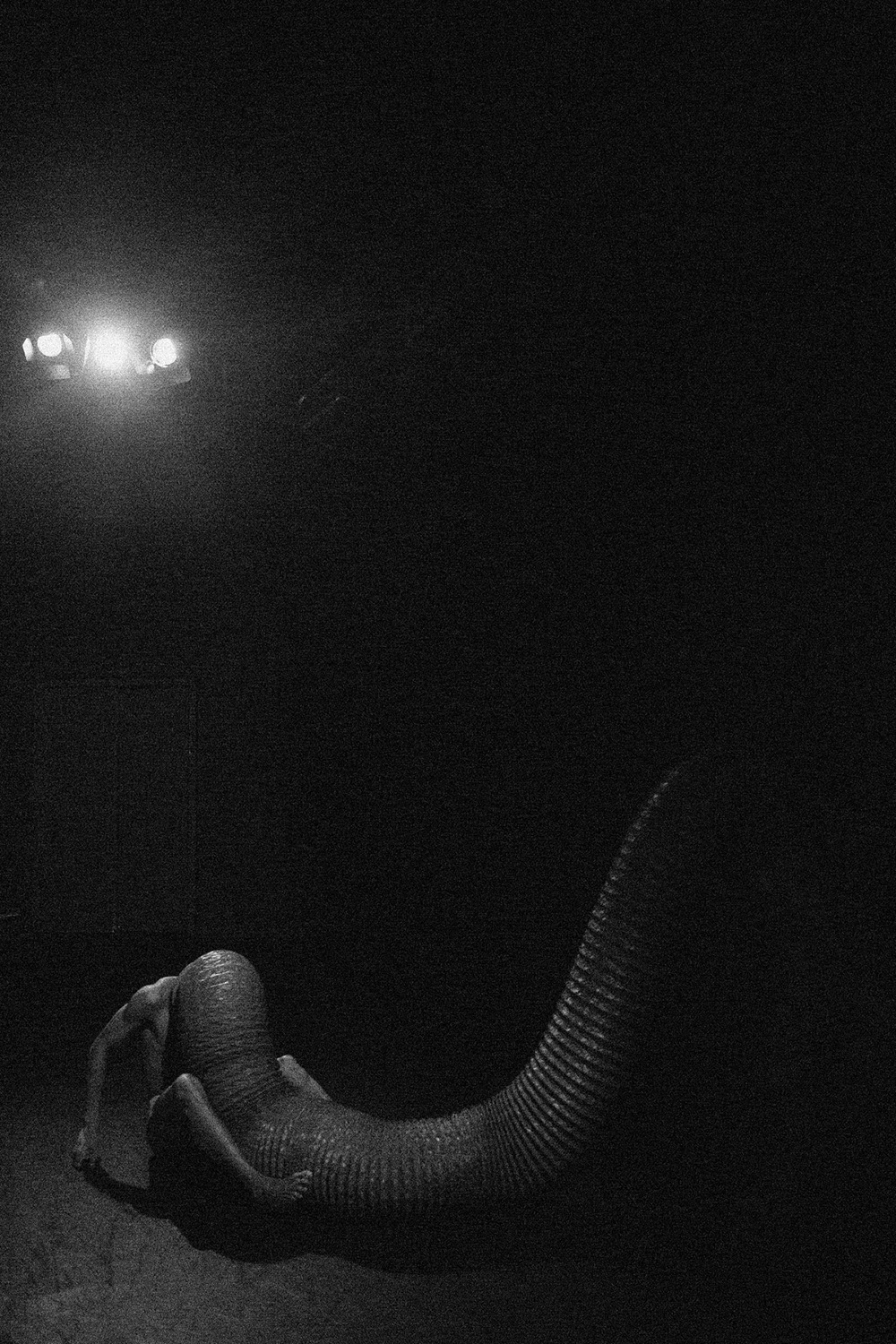
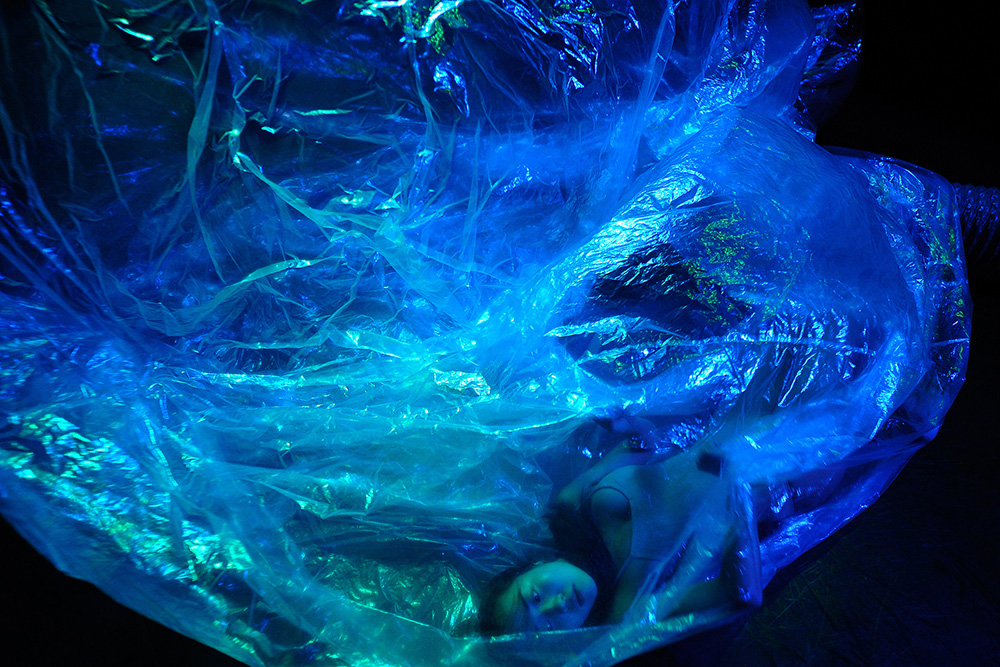
THE INTERVIEW CONTINUES BELOW AS WITH MORE STUNNING IMAGES FROM THE PERFORMANCE OF HERMETIC DIODE 2 :
SG : Who are all the talents involved in this? Sound? Talents? Set?
SL : Visual artist, Andrew Luk. Sound designer, Fung Chin Lung. Lighting designer, Lai Wing Shan. Dancers, Jonathan Hung and Sudhee Liao. Choreographer, Sudhee Liao.
SG : Is this an interactive piece with the audience?
SL : Well, it was not choreographed to be an interactive piece but more of an immersive experience. I wanted to push boundaries with the elements of proximity and intimacy between performers and audience within the intimate space. At some point, some of the audience members were covered with the plastic and you see them just embracing it, it was a beautiful moment.
Read more about Sudhee Liao here on SPITGAN.COM : http://blog.spitgan.com/%E5%B9%B9%E5%B0%87sudhee-liao/
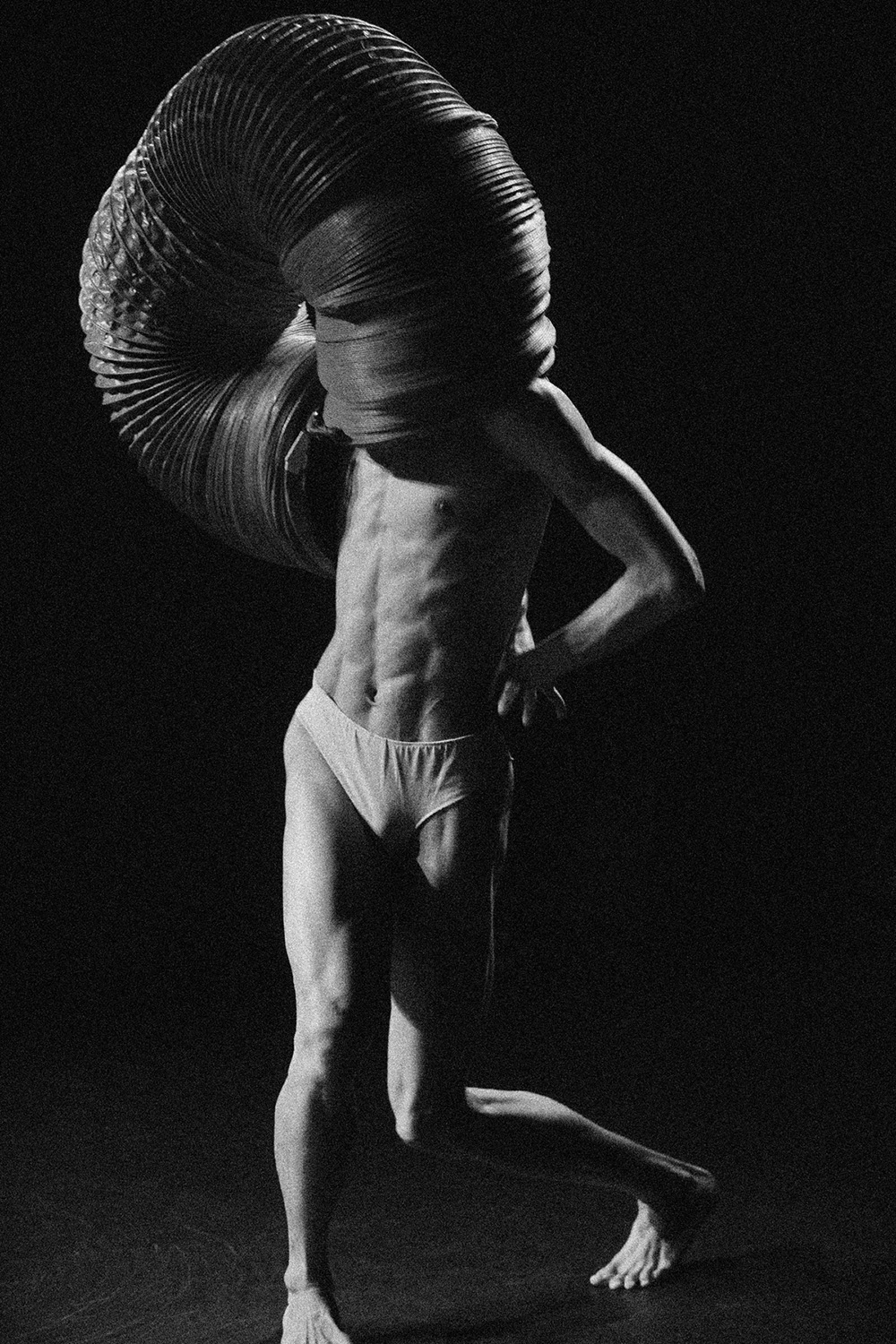
SG : Has the dance community grown in recent years? Support? Awareness?
SL : Hong Kong’s dance community is relatively small but a close knitted one. In recent years, the public has become more interested in dance, I see more non-dance community people attending performances.
SG : What can we look forward to from you for the rest of this year Sudhee?
SL : I have a few projects coming up. One of which is a dance film that I was working on with Liao Jie Kai, a Singaporean film-maker, that would be ready late this year. Will also be showing another work of mine called “Going live: Dancing with an enigmatic perception” via Instagram during the 4th quarter of the year, stay tuned. My Instagram account for that project is @dancingwithanenigmaticperception. Stay tuned!
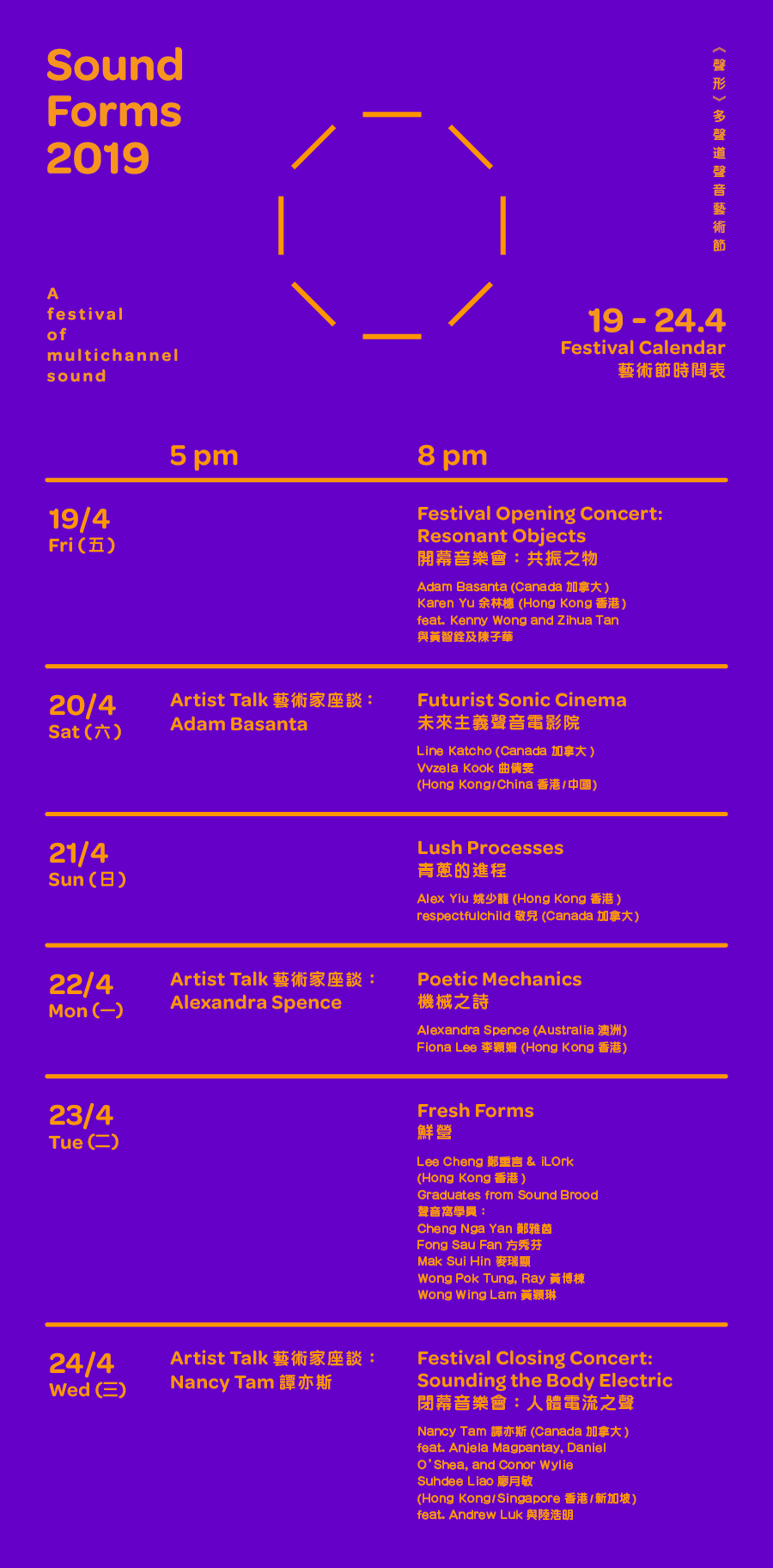
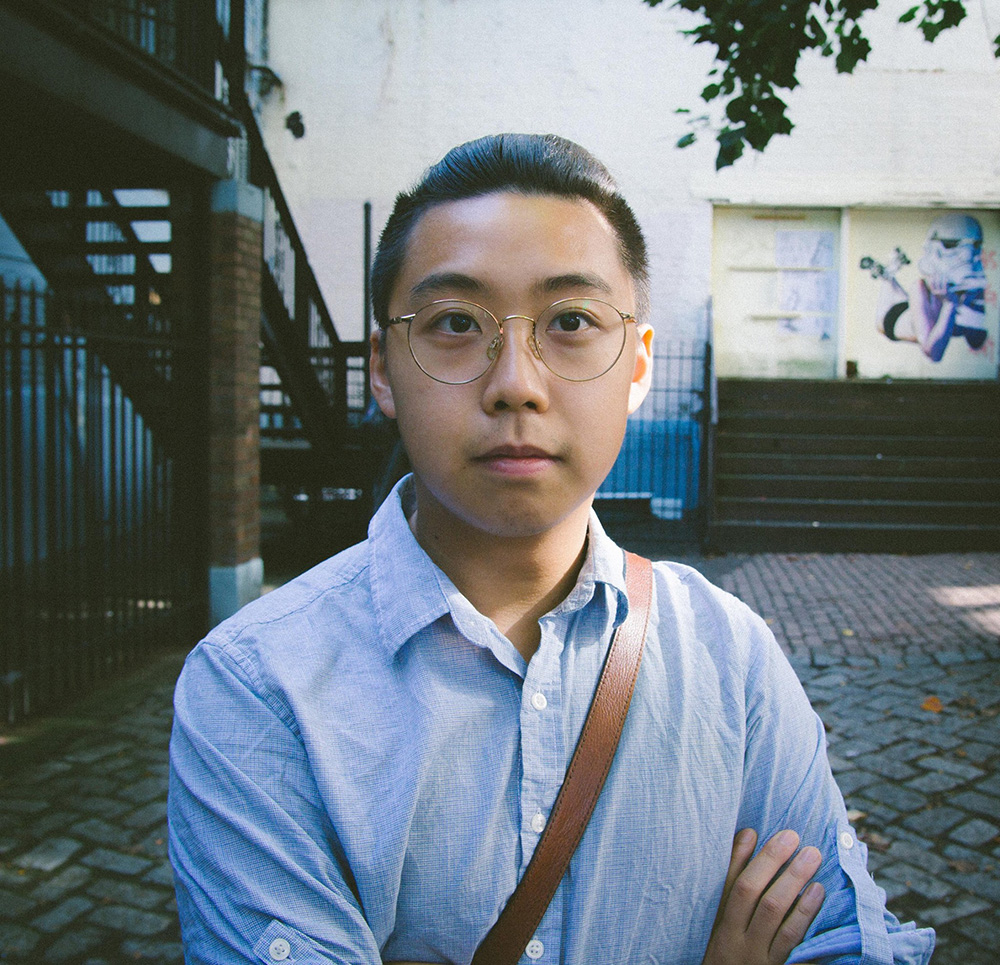
SPITGAN : Hi Remy. Please tell us about Sound Forms 2019. It is a self-described ‘multi-channel sound festival’ can you explain this to us?
REMY SIU : Sound Forms is an annual festival held by Contemporary Musiking Hong Kong (CMHK), an organization for which I am Curator-in-Residence. The 2019 edition was the second instance of the Festival, with the first instance being in 2018. Both of these editions have had a “multi-channel” focus. In 2018, this meant sound works created for 8 speakers (with subwoofer) in a “surround” placement. In 2019, when I started working with the organization, we continued this focus — most of the works featured were adapted, expanded upon, or created for 8 speakers (including Sudhee’s work) — but began to think about how artists that worked with multiple disciplines would think about “spatialization.”
Local Hong Kong artist Fiona Lee, who also creates installation work and DIY electronics, didn’t even use our speaker system, but spatialized sound with the use of her “firefly” brush robots. She also set up several resonant objects for which she activated with transducers.
The final show of the festival this year which featured Sudhee Liao and Nancy Tam focused on how people who also work in theatre and dance spatialize both sound and the body.
It was my first time curating a festival–I thought it was successful! (It felt that way, at least!). We were able to sell out. In particular, I was very happy that all the Hong Kong artists and International artists were able to hang out together after the shows. I think that beyond the immediate curation of the festival, it felt good that we were able to foster a small community out of the presented artists this year.
Sound Forms will be returning for 2020! I will be working with CMHK again to put together festival. I’m looking forward to it!
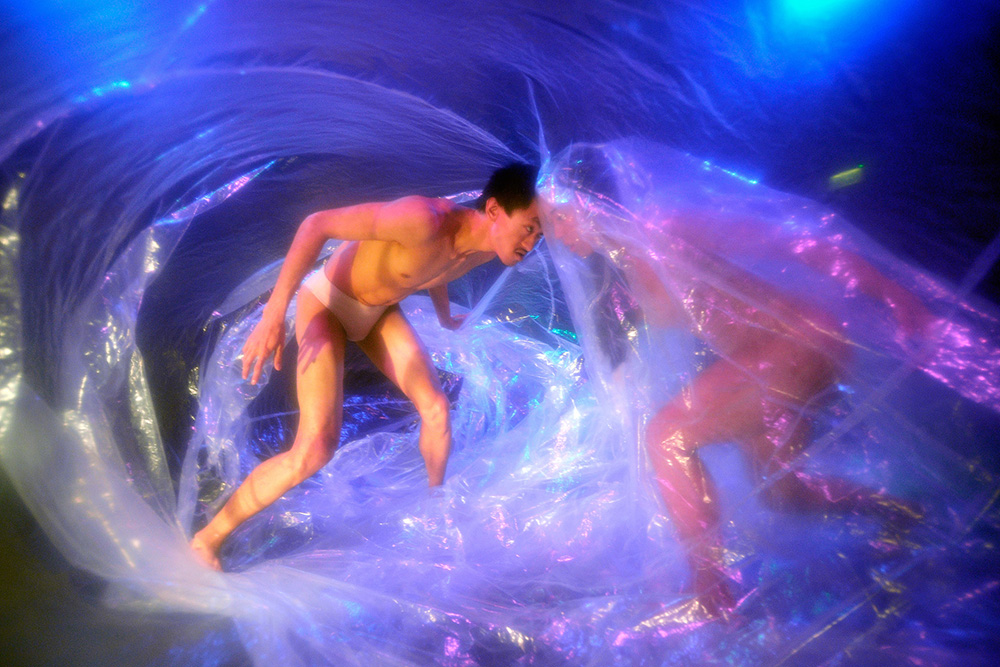
SG : Who were some of the talents you had participate? And why did you invite them in particular?
RS : We invited Sudhee! I invited her in particular because of the consistent work she has been doing, especially when it came to working with objects and materials as a choreographer. It felt to me like real interdisciplinary work, a communication between a choreographer, a visual artist (Andrew Luk), dancers, and a composer.
I spoke already about Fiona Lee.
Karen Yu and Kenny Wong are two local Hong Kong artists who collaborated to create a new instrument. Karen is a percussionist and Kenny is a visual artist. The amount of work it takes to do this is really intense! Any time a new instrument is created, it takes a lot of understanding and experimentation to make it work.
Adam Basanta and Line Katcho were invited from Montreal, Canada. Both artists, I think, are working at very high levels when it comes to sound. But again, they don’t only work in sound. Adam creates installation works and Line presented an amazing audio-visual work. This is true for Nancy Tam as well, who works in experimental theatre contexts, but has training as a composer and sound artist. The same goes for Alexandra Spence, who also works in gallery exhibition contexts, but is an improvising musician as well.
A lot of the artists invited work in multiple disciplines or across disciplines on a regular basis. And they have deep engagement with that too. It’s been considered and practiced for a while. I think that’s important to me, since I always find this work to be more interesting, as artists find new solutions in adjacent practices.
I think, for sure, you will see even more instances of this in the upcoming Sound Forms 2020.
If you like this article, check out our interview with American artist Nick Cave : http://blog.spitgan.com/%E6%B7%B1%E5%BA%A6%E7%95%85%E8%B0%88chopping-it-up-nick-cave/


If you like this article please help us to continue to produce great stories by liking our Facebook page or Instagram : SPITGAN_Magazine
SG : Is Hong Kong a great place for performance art?
RS : I want to quickly separate performance art and perform*ing* arts. Performance art is generally presented more in a “fine art” or “visual art” context. I would say that I generally work in perform*ing* arts: music, theatre, and dance — often working in some kind of theatre space or site-specific space. Of course they get blurred, but I want to specifically talk about artists who self-identify as sound artists, composers, musicians, theatre artists, dancers, and choreographers.
I’m going to be transparent here. I am based in Vancouver, Canada. As an *outsider* who has worked in Hong Kong on multiple occasions as an artist, I have a couple of observations, thoughts, and questions.
1. It’s been difficult to find independent experimental dance and theatre in Hong Kong. I would love to see more of it! If anyone knows where to look, please contact me, because I want to know, if I’m missing it!
2. There’s some great small, underground venues for experimental music! (Some of them disappeared in the time I started regularly coming to Hong Kong)
3. There are a lot of visual art galleries. Many of them commercial galleries.
4. Hong Kong is an expensive place and theatre and dance take space.
5. Is there enough research, development, and presentation infrastructure for emerging local talent in this field? Do they have the space and time to properly experiment? Currently, I feel like it’s a struggle. (Of course, it’s a struggle everywhere too, but especially so in HK).
6. Are there trajectories in which independent performing artists in HK can scale up their work in the performing arts? Take it to the next level and tour internationally, and work at that level sustainably?
Again, I say this thinking specifically of the infrastructure and processes that surround *experimental* music, theatre, and dance. In my mind, I’m thinking of work I would see at the PuSh Festival (Vancouver), Tamz Im August (Berlin), Festival TransAmériques (Montreal), MUTEK (Montreal/Japan/and more), and TPAM (Yokohama).
I was, however, really struck by the audience at this years’ festival! We had a lot of repeat people coming, some came to every night of the festival! That enthusiasm is great.
I feel like there is definitely an audience for this kind of work in the city.
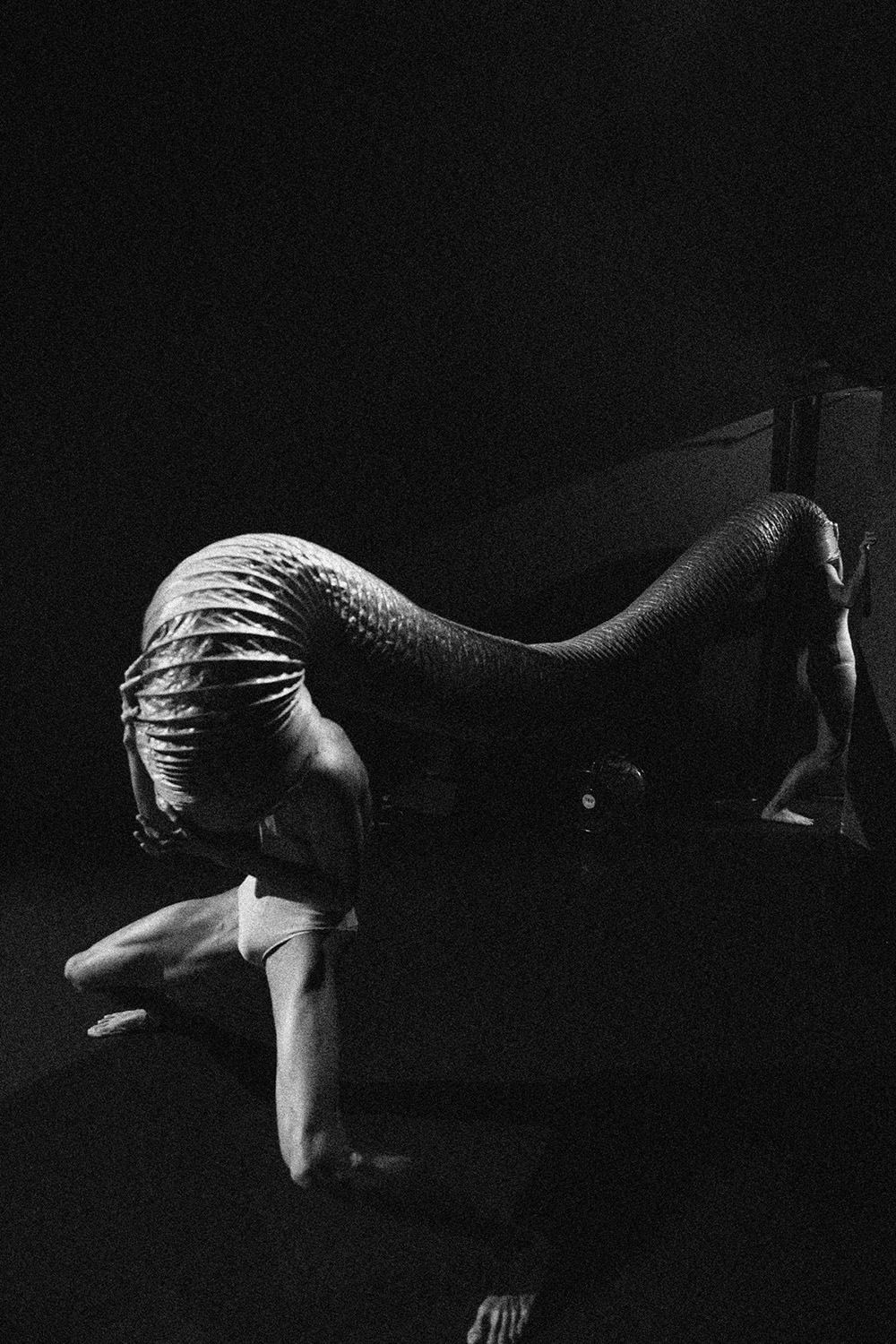
SG : What can we look forward to from you in the future?
RS : Sound Forms 2020! Outside of the curation, my work as an artist was nominated for the Gaudeamus Award 2019. (https://gaudeamus.nl/) I’ll be performing two works in the Netherlands this fall. I’ll hopefully be back to Hong Kong to perform in fall 2019 as well, but I can’t say much about that yet.
You can check out my website! (www.remysiu.com)
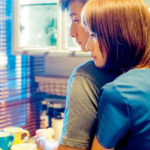
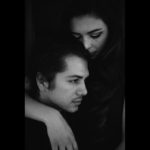
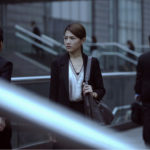
Speak Your Mind